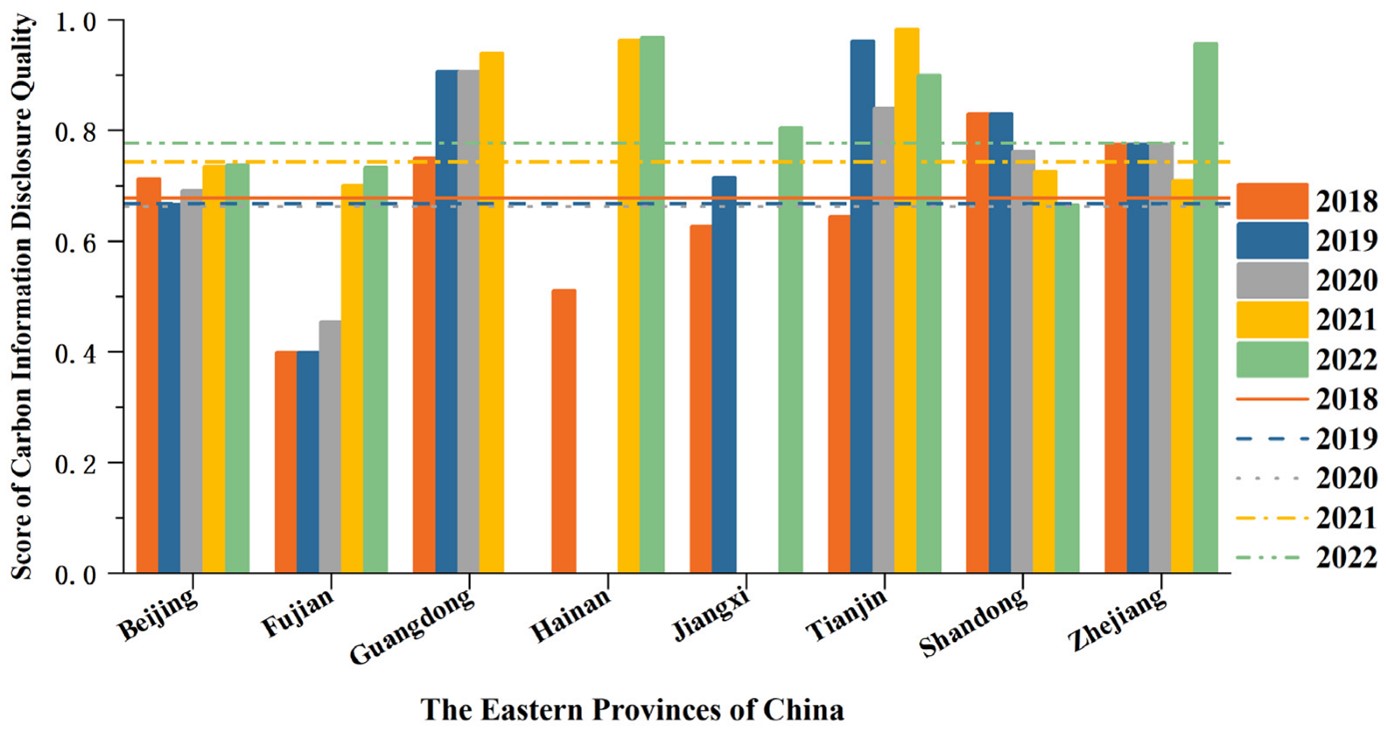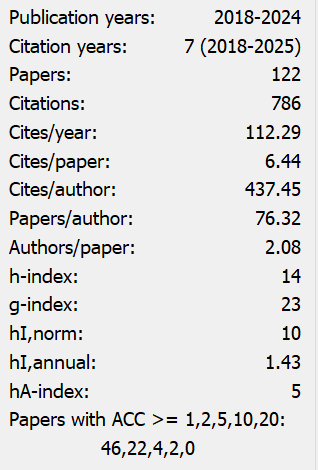Carbon Information Disclosure of Chinese Automobile Manufacturers: Management Mechanism, Economic Motivation and Transformation Path
Abstract
Amid global warming and low-carbon trends, carbon information disclosure (CID) is critical for Chinese automakers’ sustainability. They face management conflicts, weak incentives, and gaps with international standards, especially under the EU’s CBAM. This study analyzes CID’s driving mechanisms, economic logic, and motivations, finding it reduces equity costs but has flaws in content, methods, and alignment. A three-dimensional mechanism (policy, market, capacity) is proposed to boost CID, vital for competitiveness and "dual-carbon" goals.
References
[2] Chen, H., Wang, H., & Jing, X. (2013). Carbon Information Disclosure of Chinese Enterprises: Content Definition, Measurement Methods and Current Situation. Accounting Research, (12).
[3] Gong, N., & Duan, M. (2021). Motivations and Influencing Factors of Corporate Carbon Disclosure —— Based on the analysis of Shanghai Social Responsibility Index component enterprises. Environmental Economics Research, 6(1), 31–52. https://doi.org/10.19511/j.cnki.jee.2021.01.003
[4] Zhao, Q. (2022). Carbon Information Disclosure Research Review. Accounting Research, (1), 47–51.
[5] Niu, X., Cao, Z., & Lai, Z. (2016). Mechanism Analysis of the Impact of Carbon Information Disclosure on Enterprise Value. Accounting Journal, (15), 3–4.
[6] Chen, S. (2017). Relationship between Carbon Performance and Enterprise Performance in Automobile Industry [Doctoral dissertation, Harbin University of Science and Technology].
[7] Cui, X., Li, X., & Tang, Y. (2016). Social pressure, carbon information disclosure transparency and equity capital cost. Contemporary Finance and Economics, (211), 117–129.
[8] Yang, J., & Qiao, Y. (2021). Analysis of the Current Situation of Carbon Information Disclosure in Chinese Enterprises. Heilongjiang Institute of Technology Press, 21(6), 110–117. https://doi.org/10.16792/j.cnki.1672-6758.2021.06.021
[9] Xu, G. (n.d.). Carbon Information Disclosure Elements and Normative Research of Listed Companies. Industrial Safety and Environmental Protection.
[10] Gao, J., Guo, X., & Wang, B. (2013). An investigation on the construction of carbon accounting information disclosure system for listed companies in China. Business Accounting, (3), 17–19.
[11] Wang, F., Zhu, L., & Huang, K. (2011). Research on National Carbon Emission Information Disclosure System under Low Carbon Economy. Science of Science, 29(4), 515–520.
[12] Yuan, Z. (2018). Research on Accounting Disclosure of Carbon Emission Rights [Master's thesis, Capital University of Economics and Business].
[13] Hu, S., Yang, J., Jiang, Z., Ma, M., & Cai, W. (2021). CO2 Emission and Energy Consumption from Automobile Industry in China: Decomposition and Analyses of Driving Forces. Processes, 9(5), 810. https://doi.org/10.3390/pr9050810
[14] Wu, S., Zhang, Y., & Li, M. (2023). Construction of a Corporate Carbon Disclosure Indicator System for Resource-Based Enterprises in China. Sustainability, 15(1), 112. https://doi.org/10.3390/su15010112


This work is licensed under a Creative Commons Attribution 4.0 International License.
Copyright for this article is retained by the author(s), with first publication rights granted to the journal.
This is an open-access article distributed under the terms and conditions of the Creative Commons Attribution license (http://creativecommons.org/licenses/by/4.0/).


























